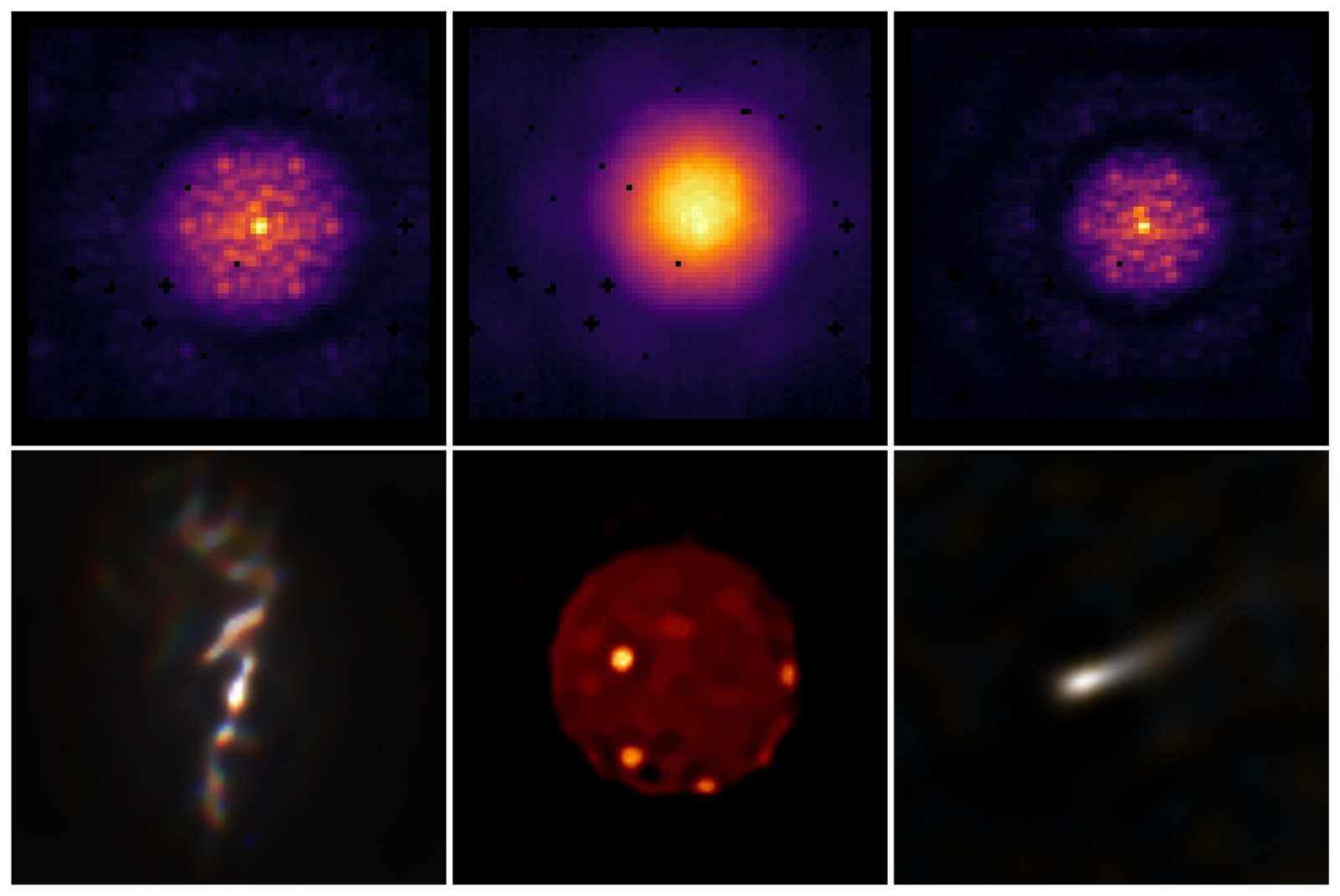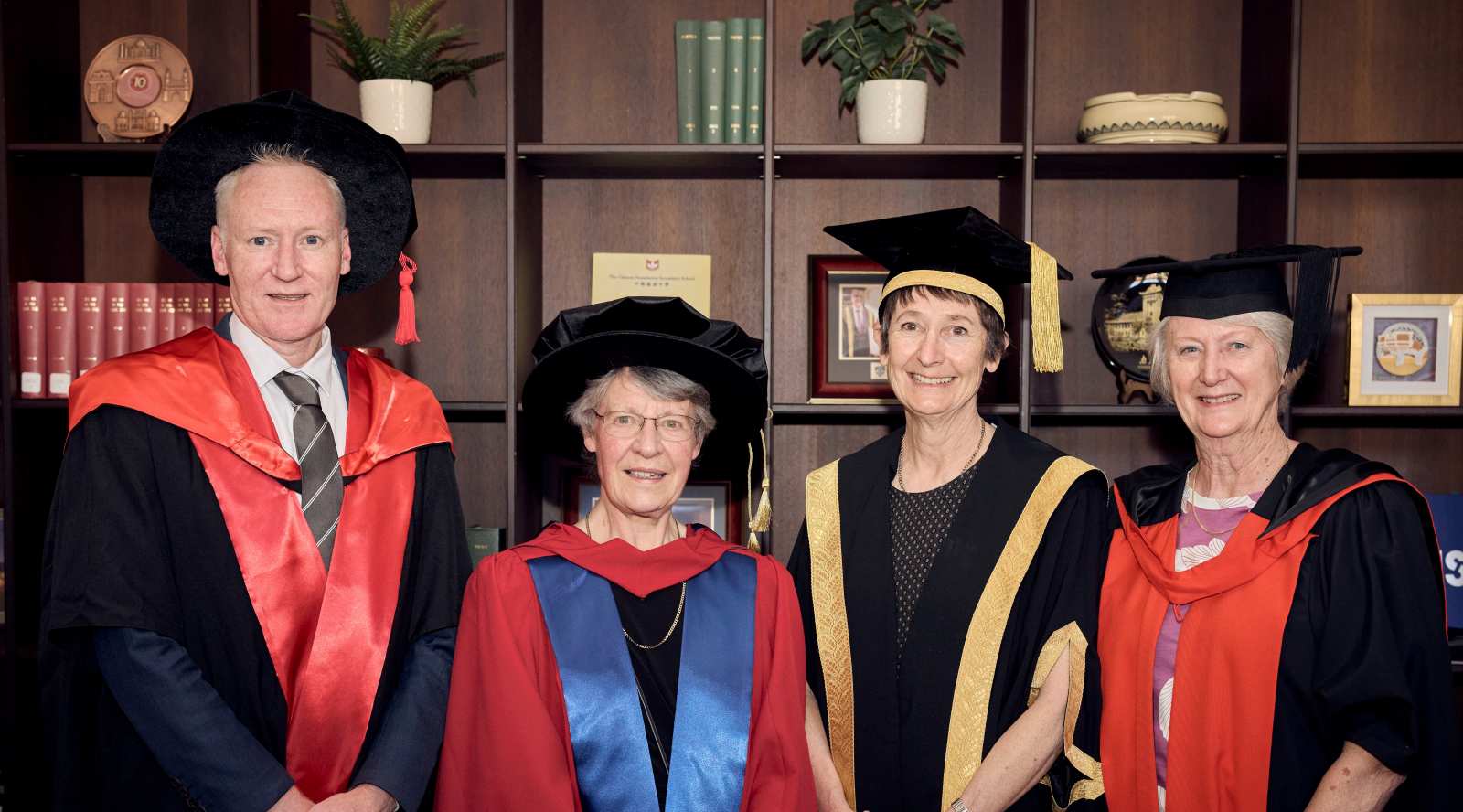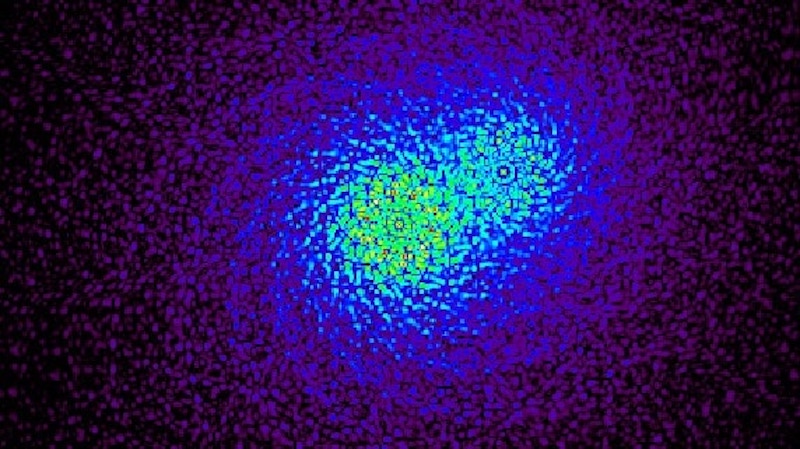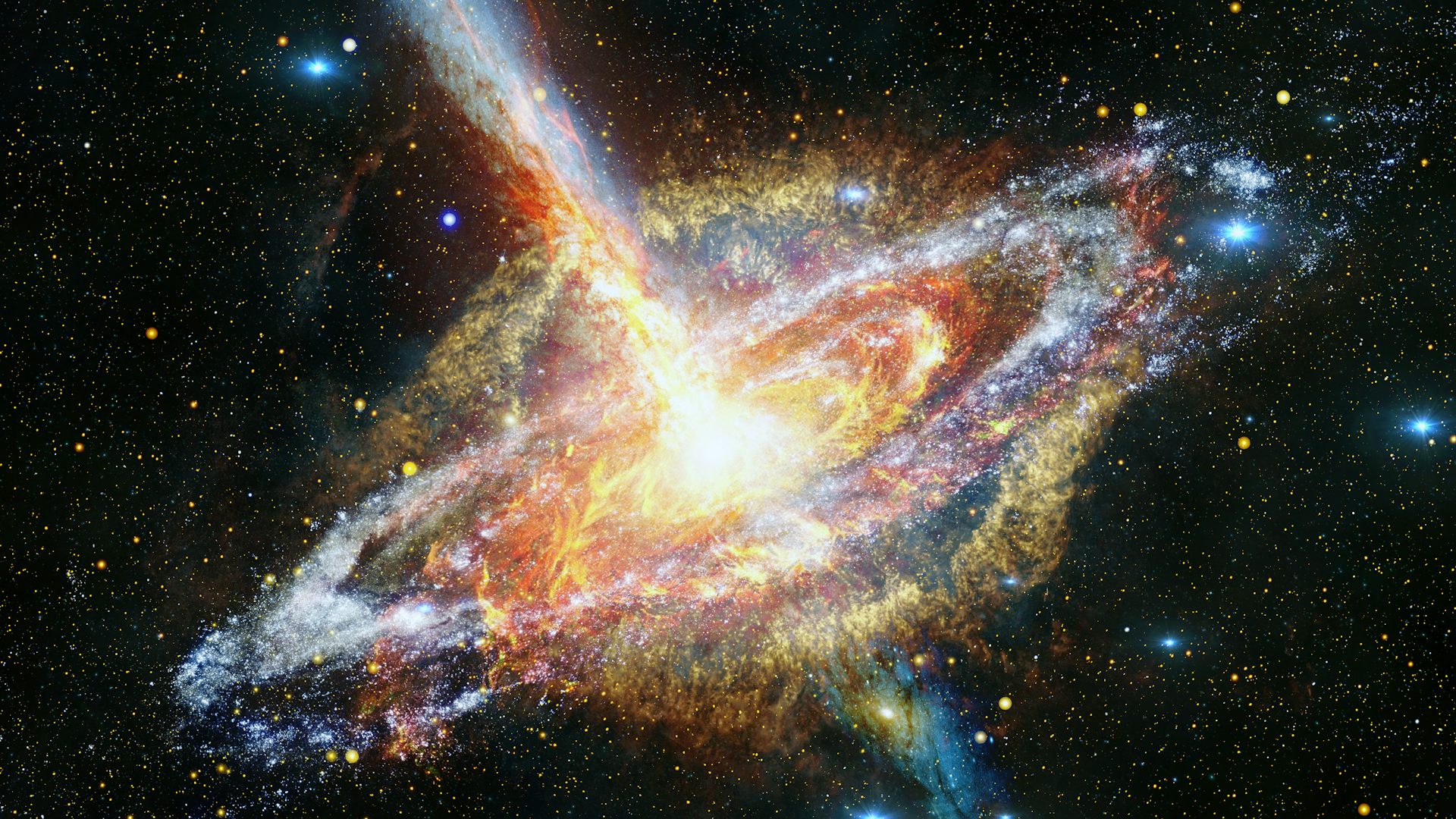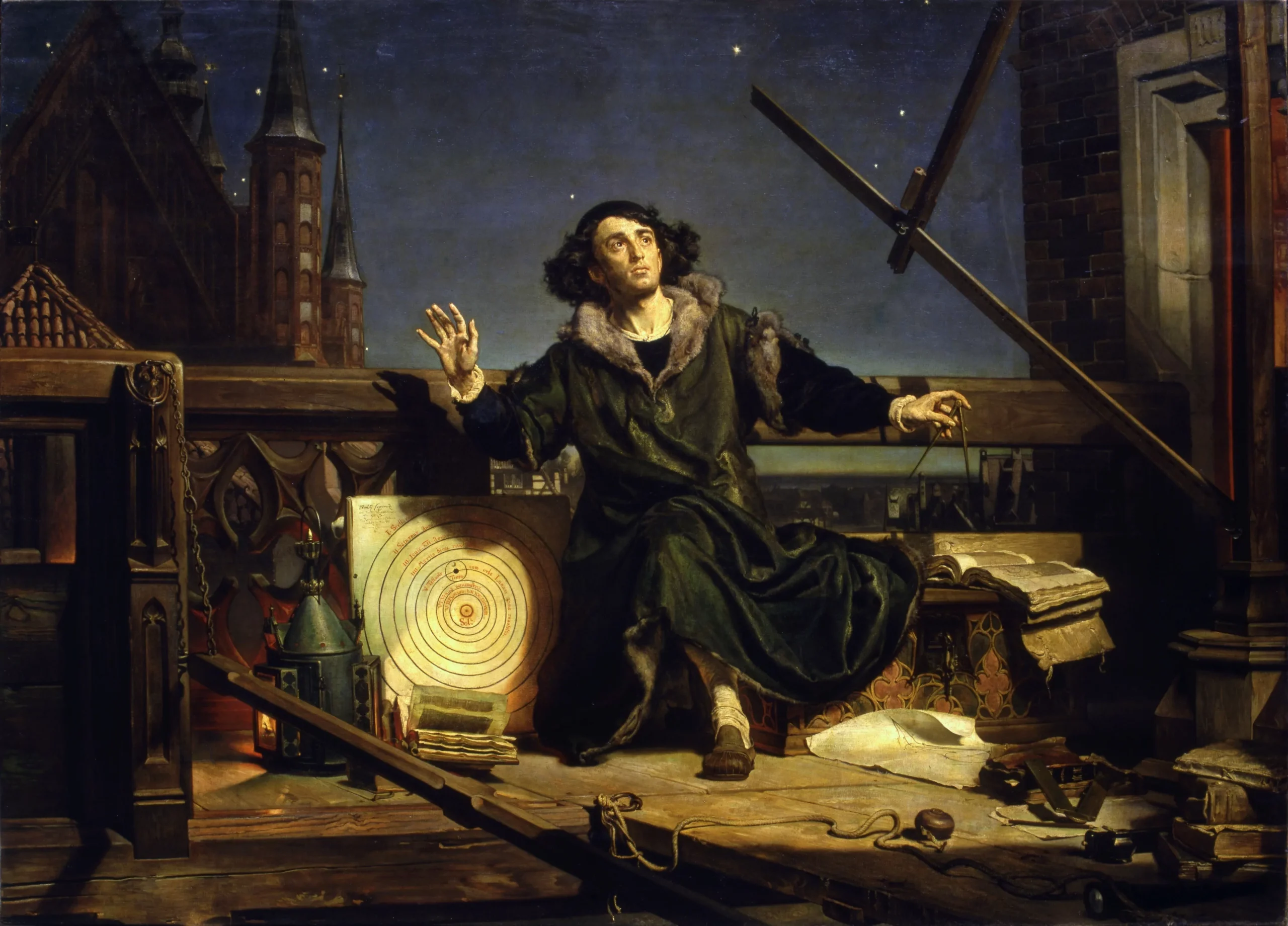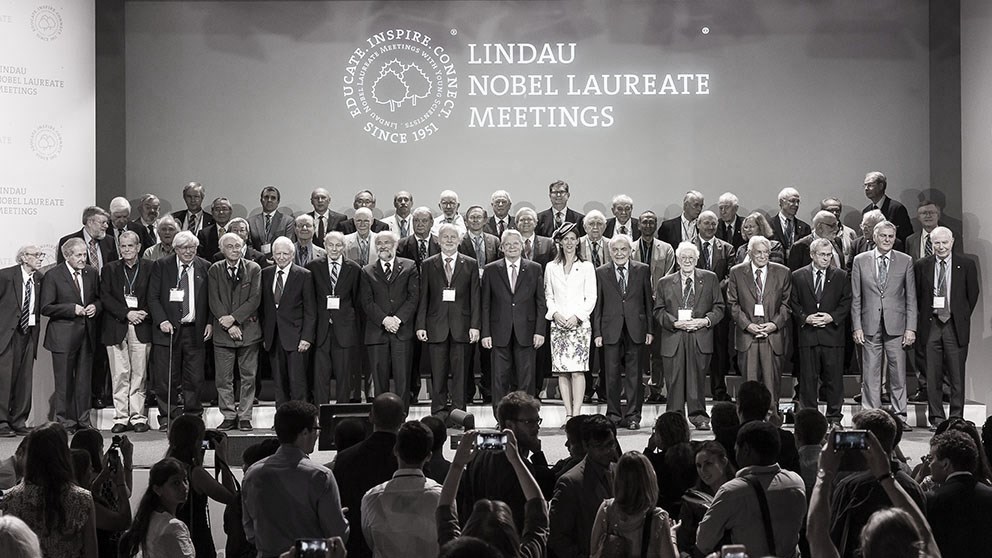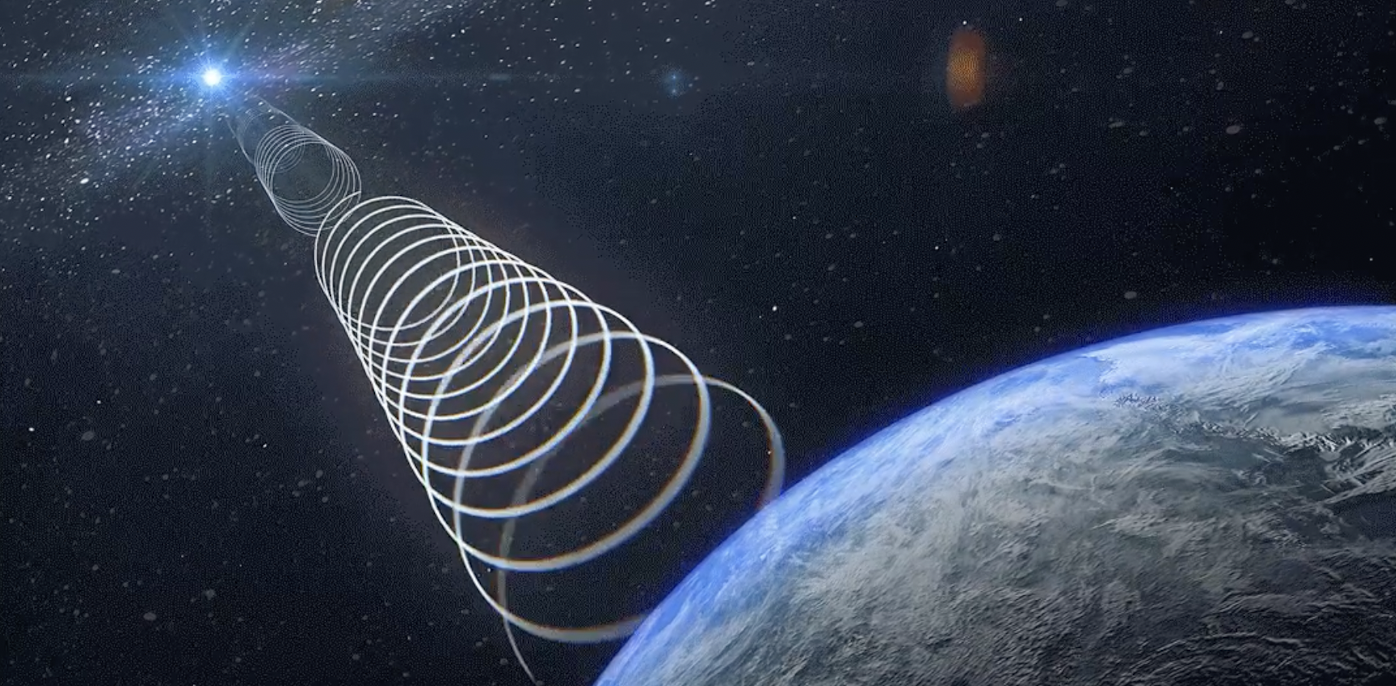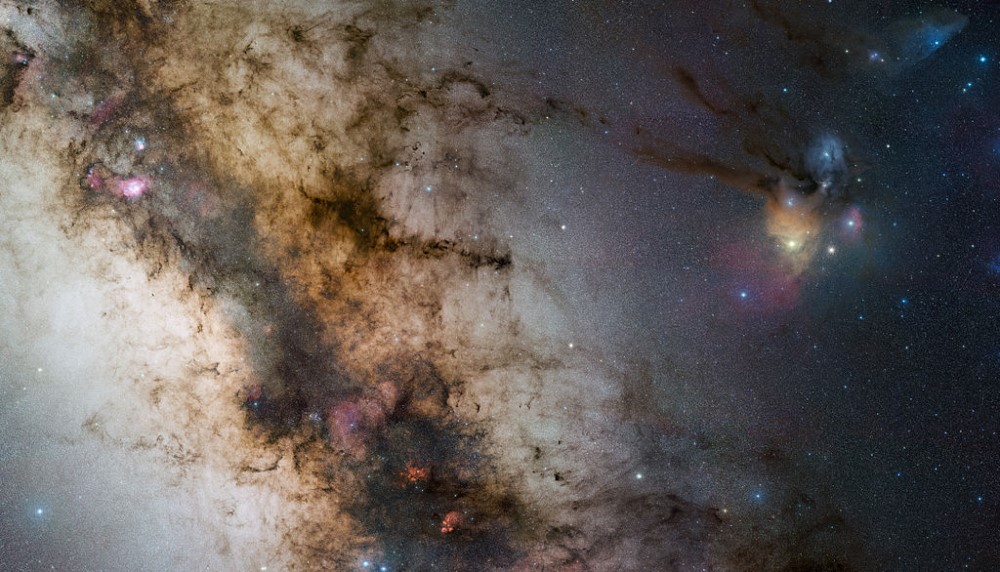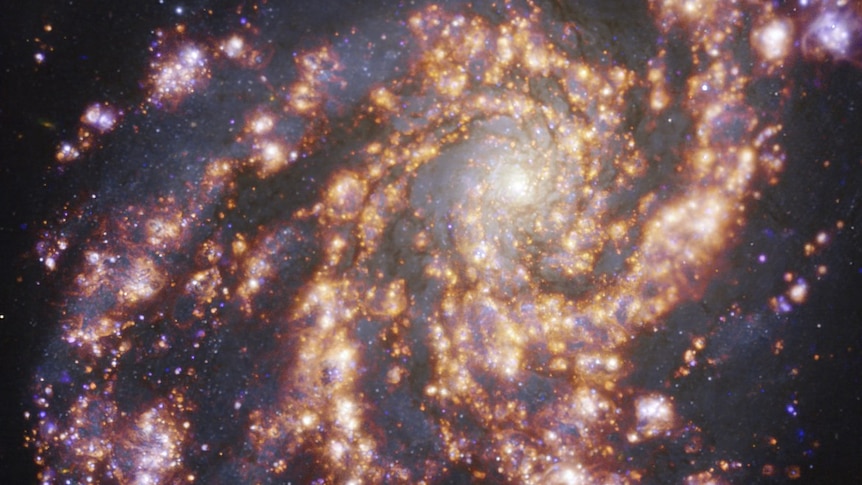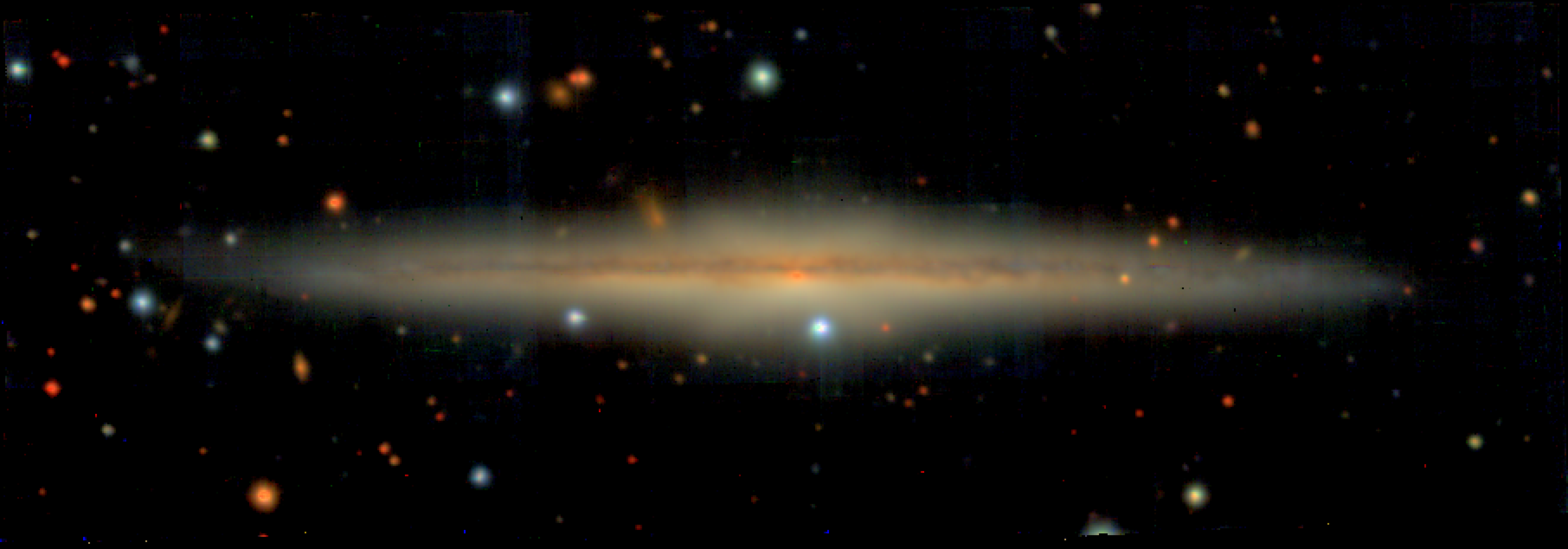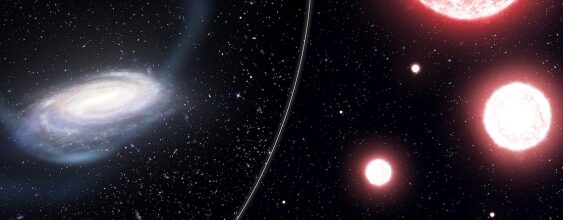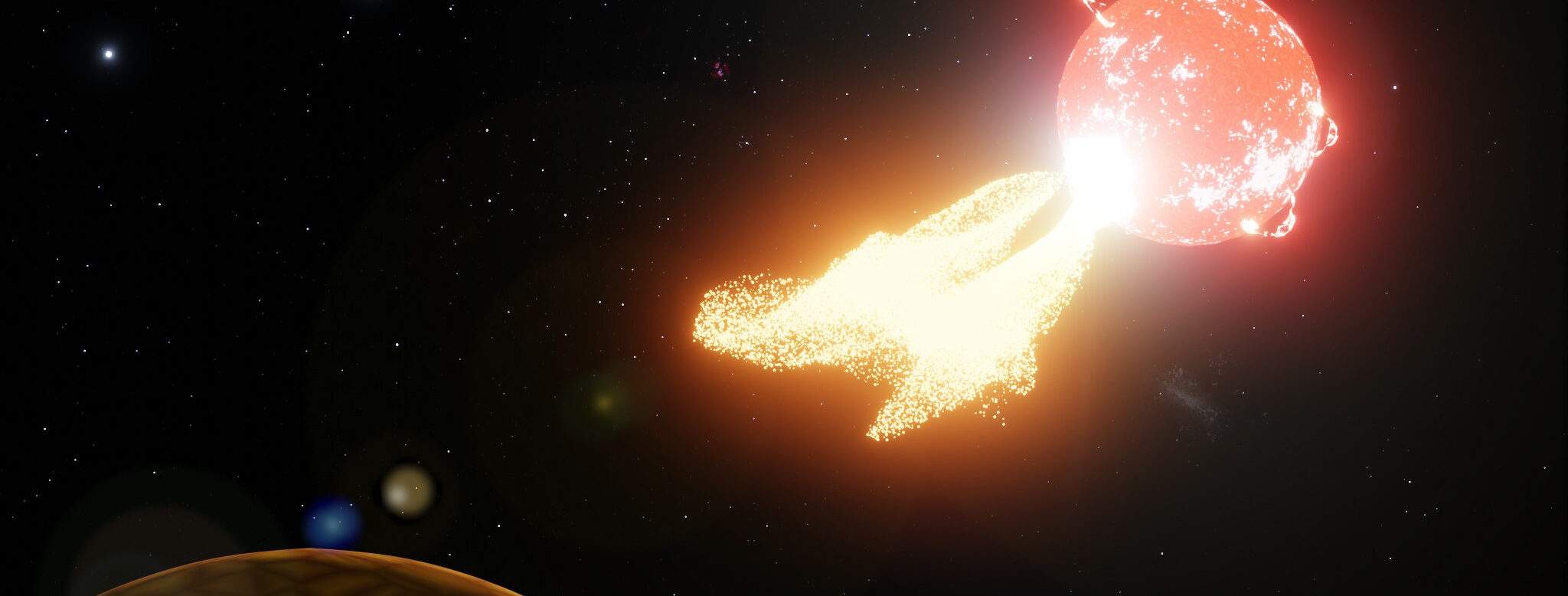News
In early 2020, we detected an unusual radio signal coming from somewhere near the centre of our galaxy. The signal blinked on and off, growing 100 times brighter and dimmer over time. What’s more, the radio waves in the signal had an uncommon “circular polarisation”, which means the electric field in the
We found a mysterious flashing radio signal from near the centre of the galaxy
Researchers have created a model of the evolution of the Milky Way which explains how key chemical distributions in the galaxy’s stars came to be. One of the biggest questions in astronomy is related to how our home galaxy, the Milky Way, came to be in its current state. Whilst
Galactic Archaeology and Modeling the Milky Way
Galaxies are unfathomably huge, dynamic beasts made up of stars that burst into and out of life in cosmic blinks of an eye. Yet we’ve barely been able to observe the mysterious life cycles of galaxies beyond our own. Now, spectacular images of galaxies just next door to the Milky Way, captured
Stunning images of ‘galactic fireworks’ hold the secrets of how stars form
The first detailed cross-section of a galaxy broadly similar to the Milky Way, published today, reveals that our galaxy evolved gradually, instead of being the result of a violent mash-up. The finding throws the origin story of our home into doubt. Galaxy UGC 10738, seen edge-on through the European Southern
Detailed cross-section of another galaxy reveals surprising similarities to our home
Artist impressions of the thin stream of stars torn from the Phoenix globular cluster, wrapping around the Milky Way (left) and the bright red giant stars used measure the chemical composition of the cluster (right). Image credit: James Josephides, Swinburne Astronomy Productions / S5 Collaboration The paper, lead by Zhen
Remnants of an old neighbour engulfed by the Milky Way
We’ve all looked up at night and admired the brightly shining stars. Beyond making a gorgeous spectacle, measuring that light helps us learn about matter in our galaxy, the Milky Way. When astronomers add up all the ordinary matter detectable around us (such as in galaxies, stars and planets), they
5 twinkling galaxies help us uncover the mystery of the Milky Way’s missing matter
Completion of Australian-led astronomy project sheds light on the evolution of the Universe. The complex mechanics determining how galaxies spin, grow, cluster and die have been revealed following the release of all the data gathered during a massive seven-year Australian-led astronomy research project. The scientists observed 13 galaxies at a
The secrets of 3000 galaxies laid bare
If you look up in the southern sky you can see the “pointer” stars, pointing towards the Southern Cross. One of these pointers is Alpha Centauri, which is actually a pair of Sun-like stars that are too close together to tell apart by eye. There is a third member of
Bad space weather may make life impossible near Proxima Centauri
Astronomers have mapped about a million previously undiscovered galaxies beyond the Milky Way, in the most detailed survey of the southern sky ever carried out using radio waves. The Rapid ASKAP Continuum Survey (or RACS) has placed the CSIRO’s Australian SKA Pathfinder radio telescope (ASKAP) firmly on the international astronomy
We’ve mapped a million previously undiscovered galaxies beyond the Milky Way. Take the virtual tour here.
Follow SIfA on Bluesky


